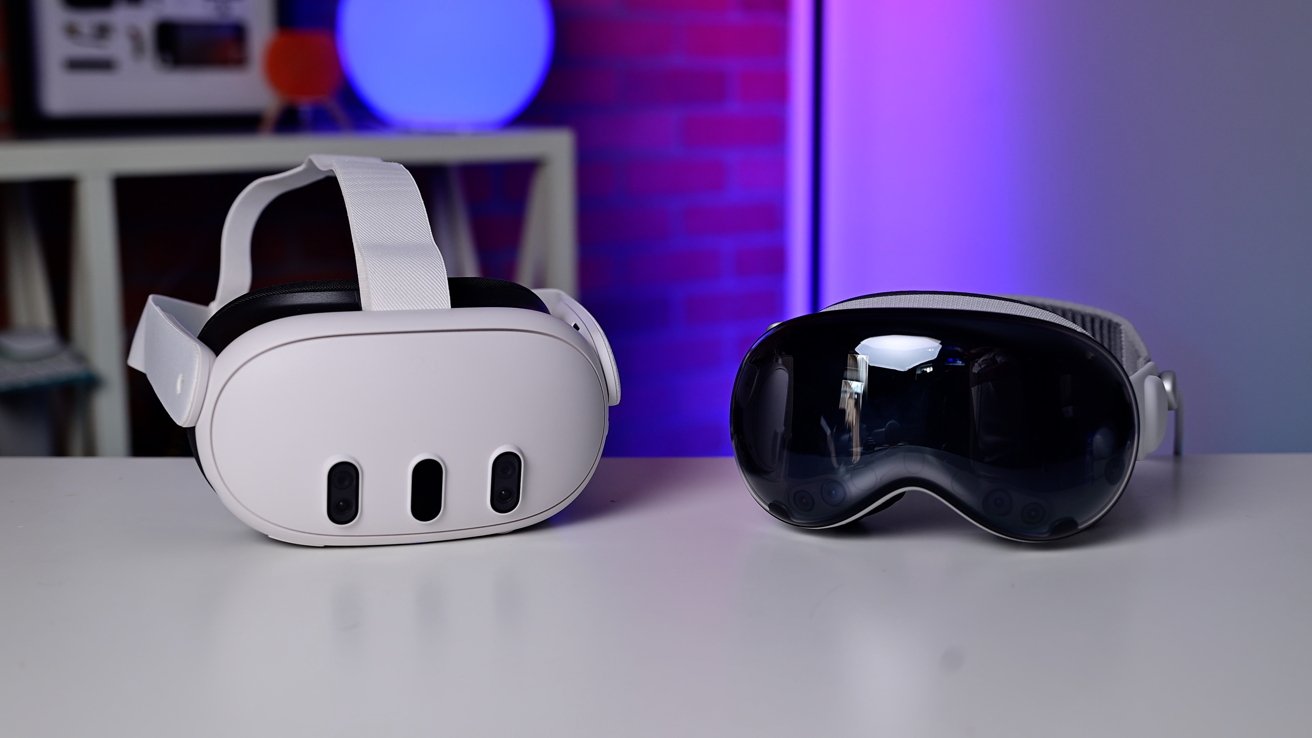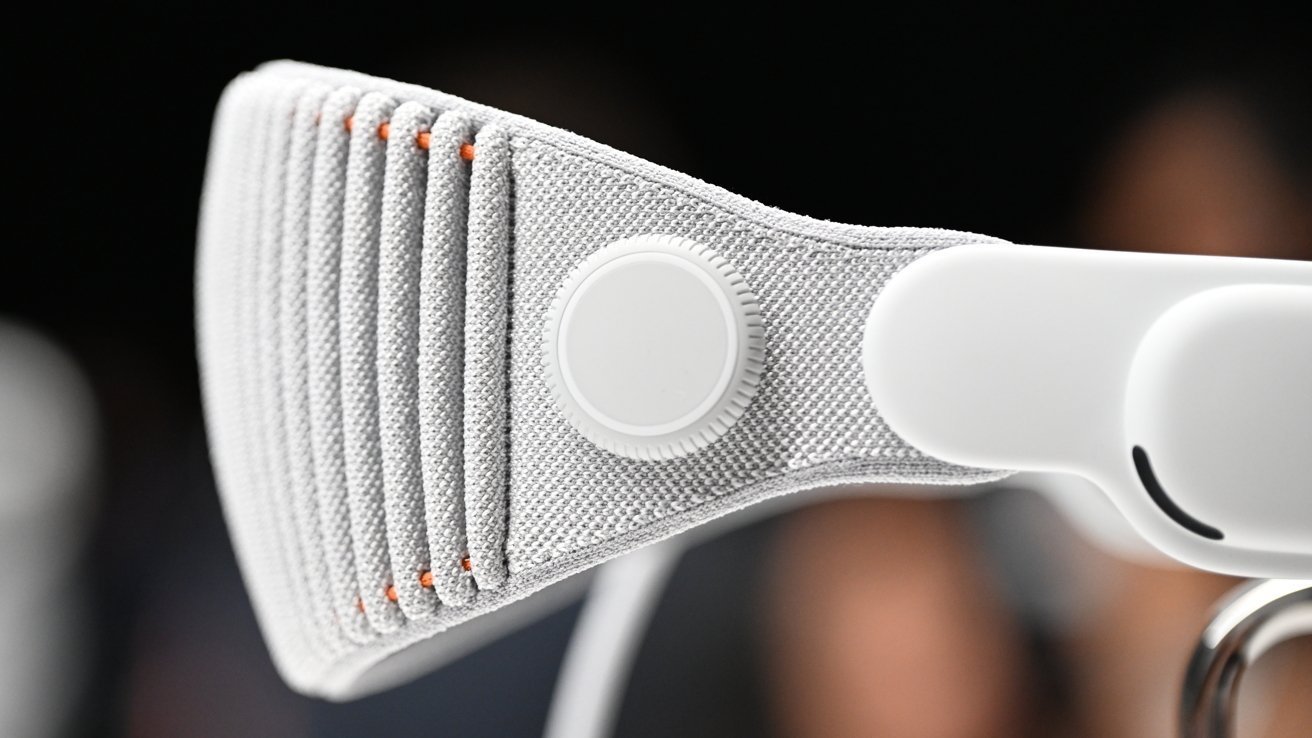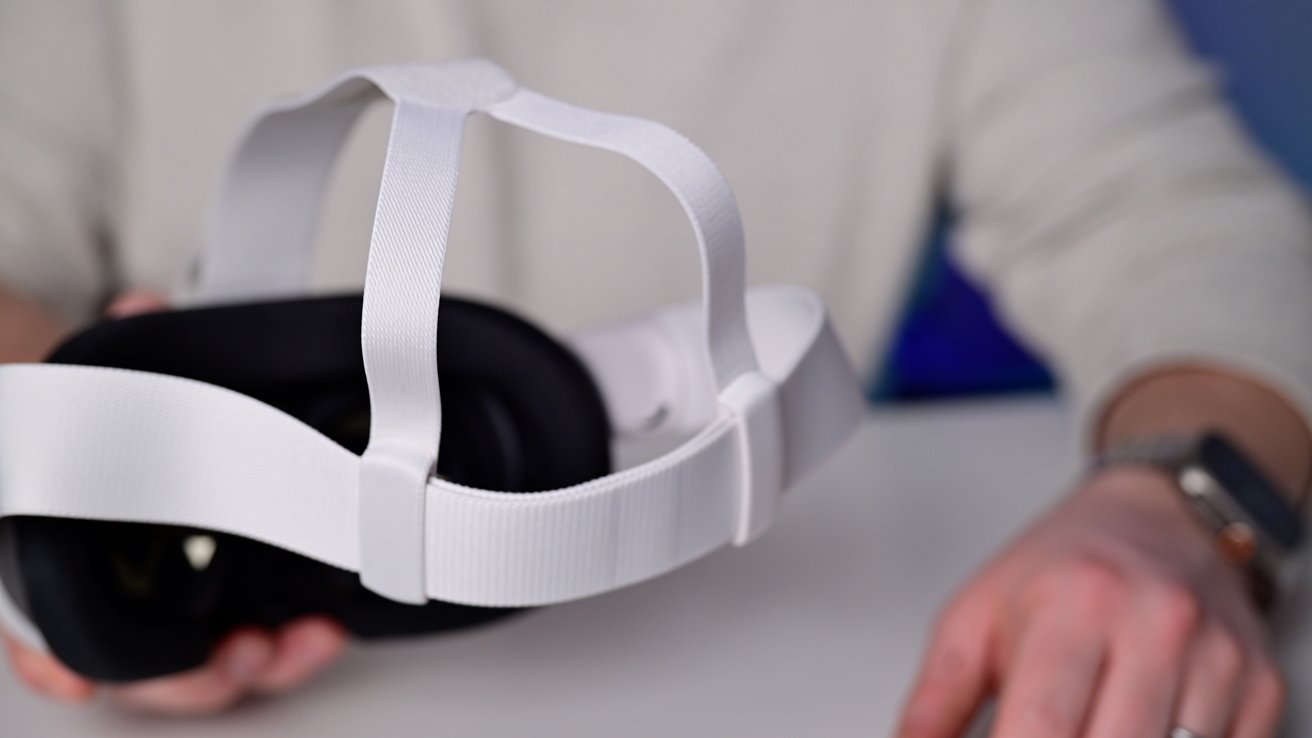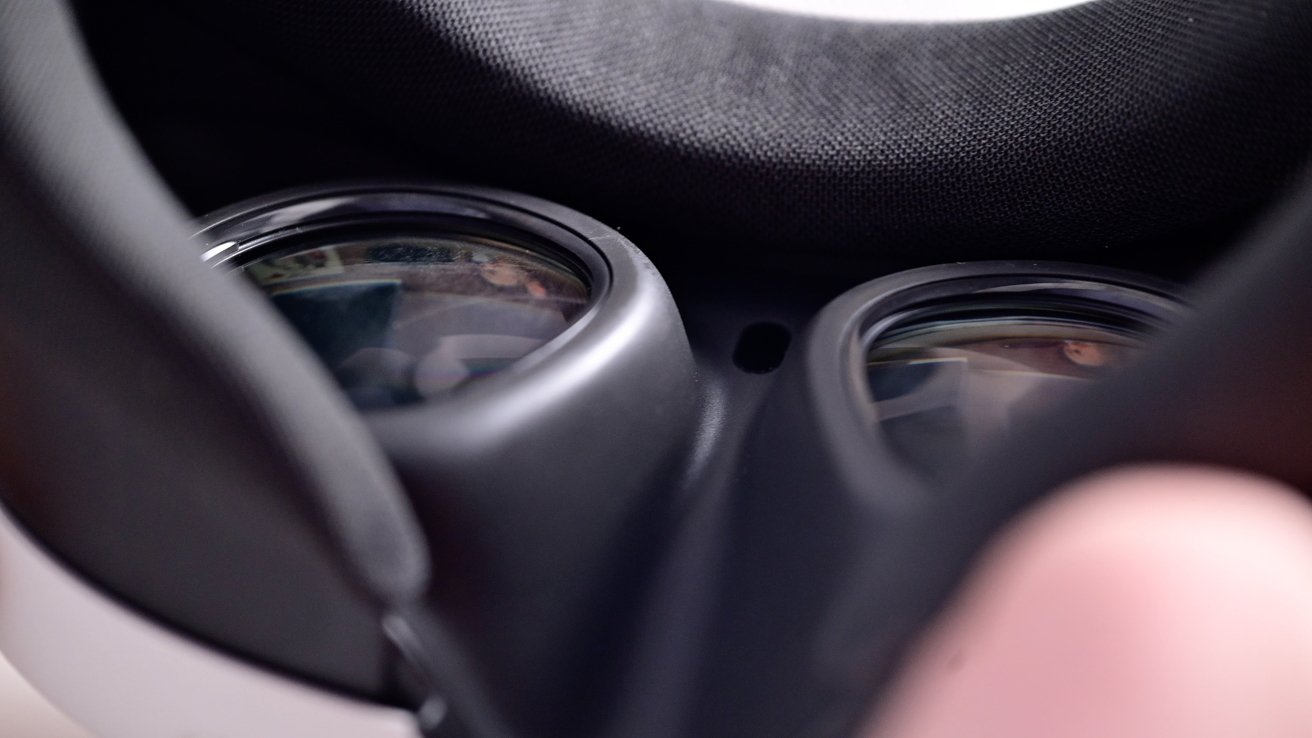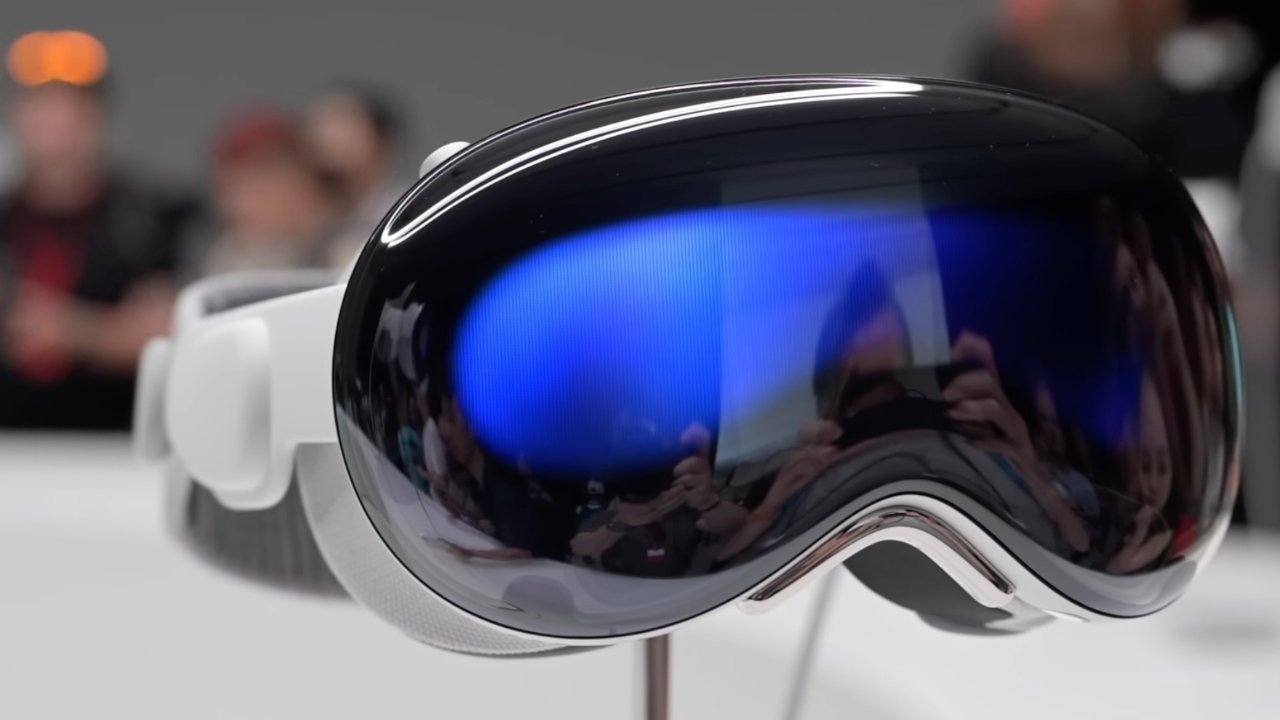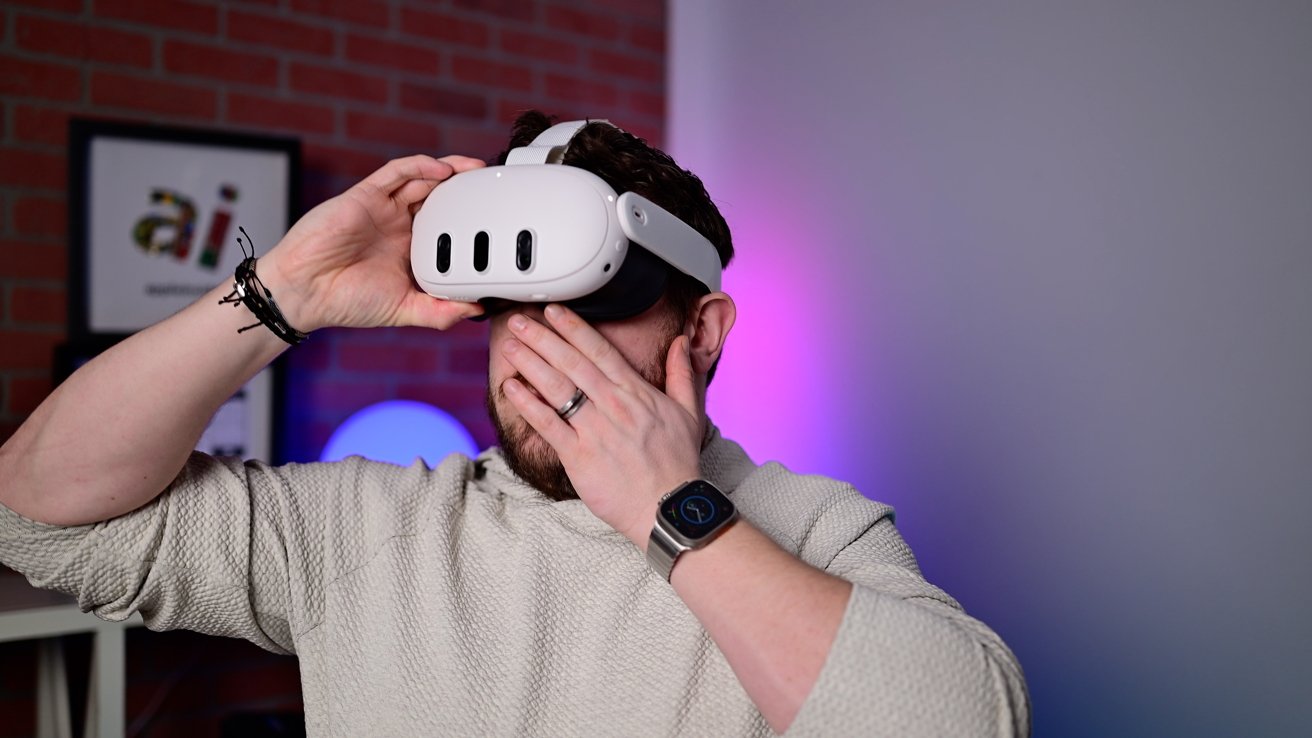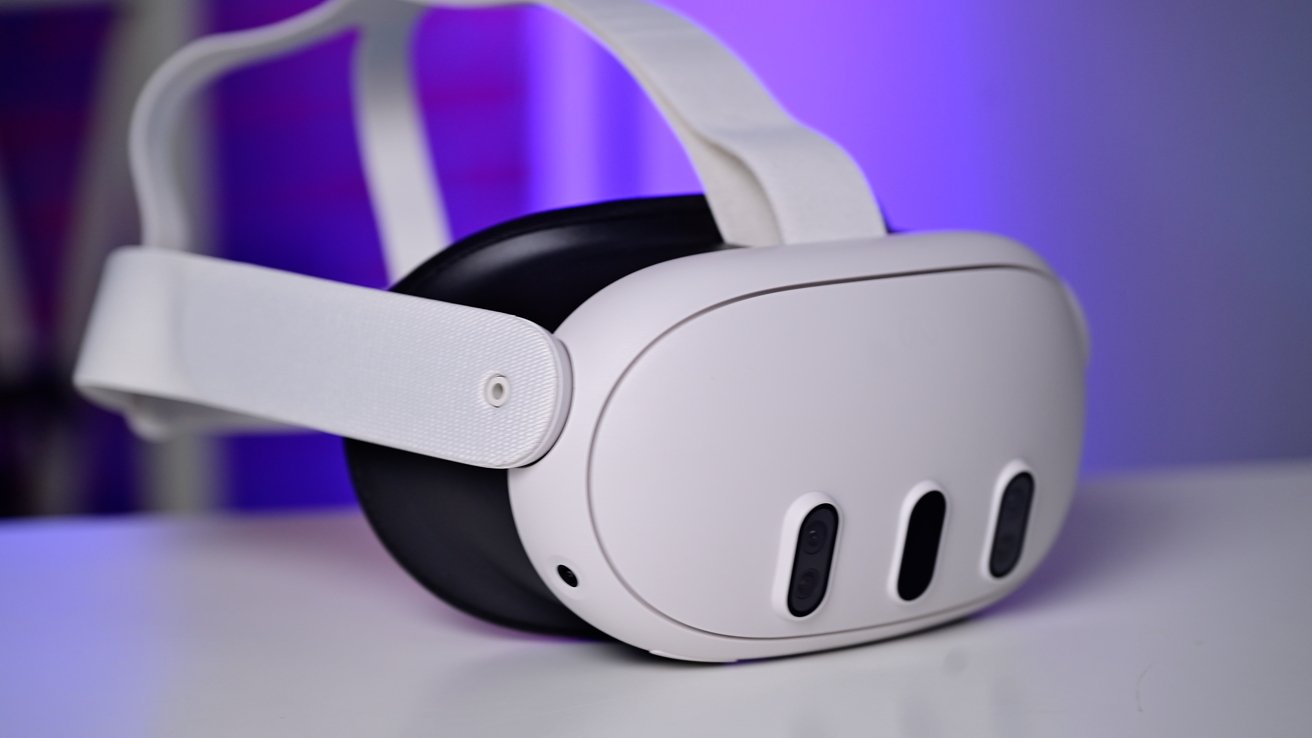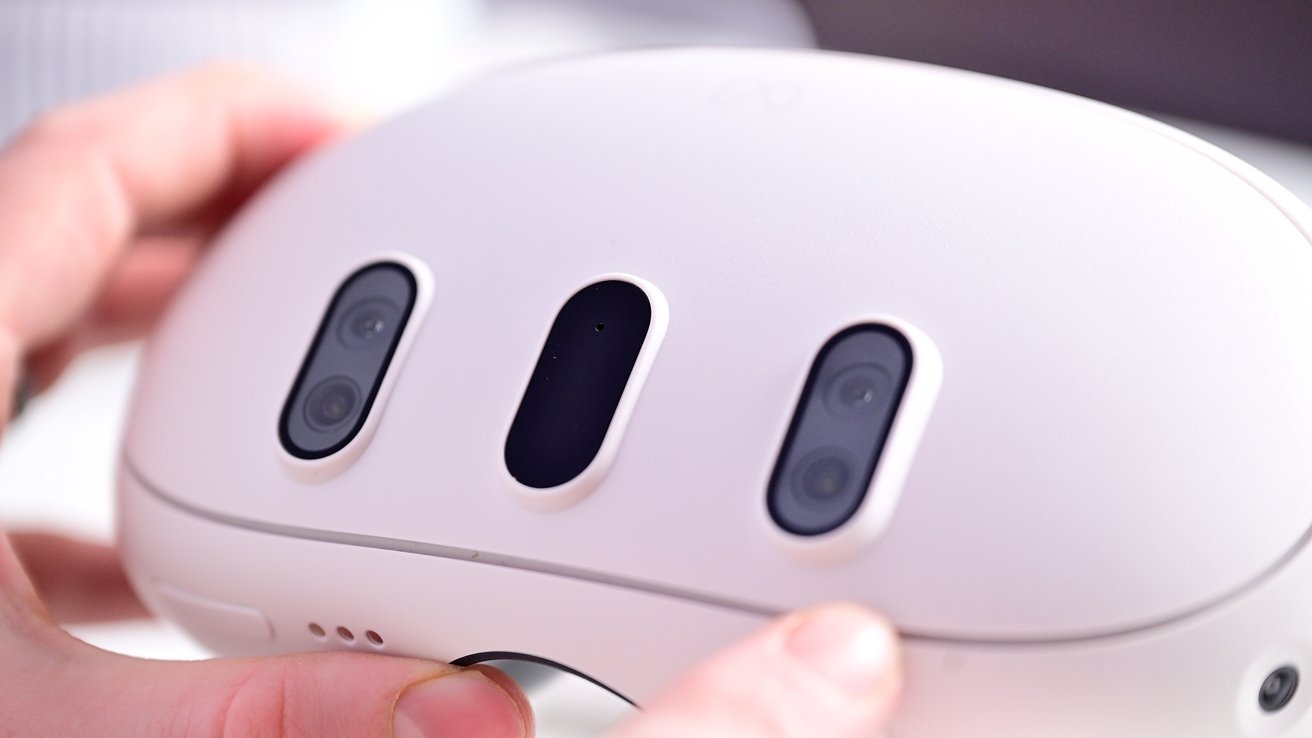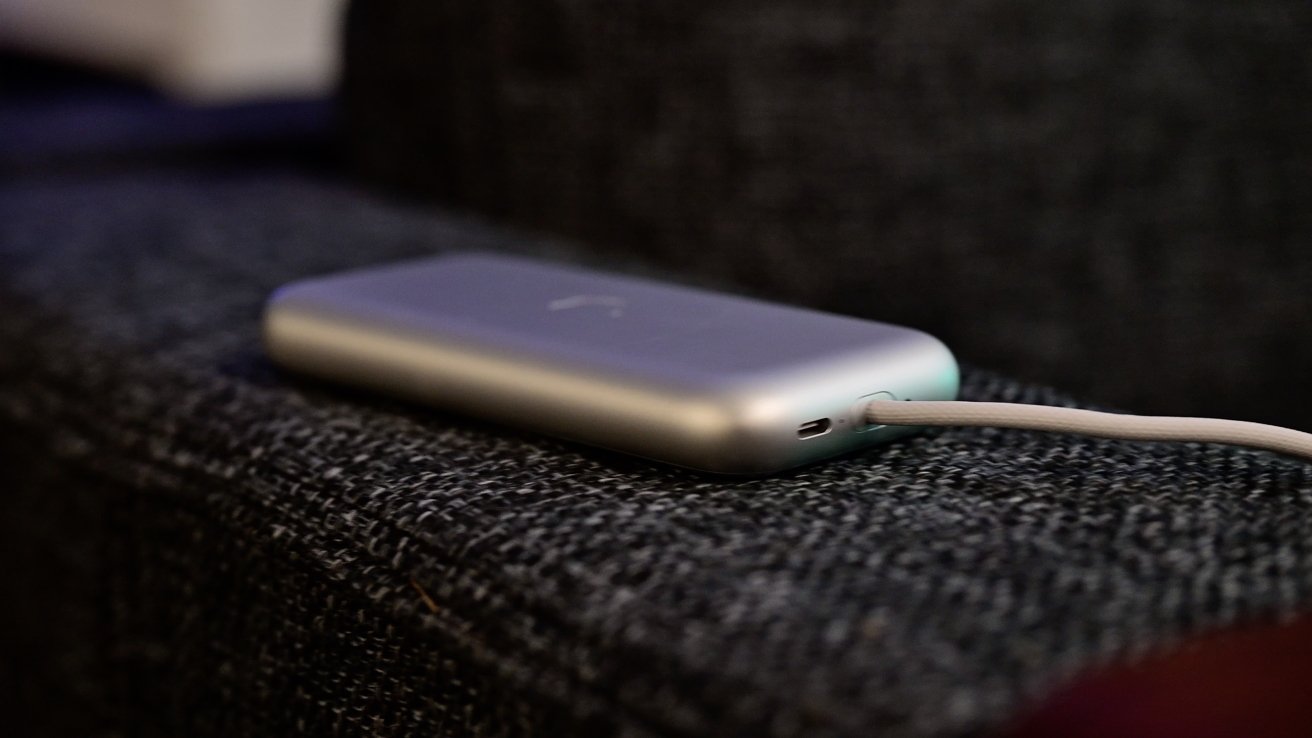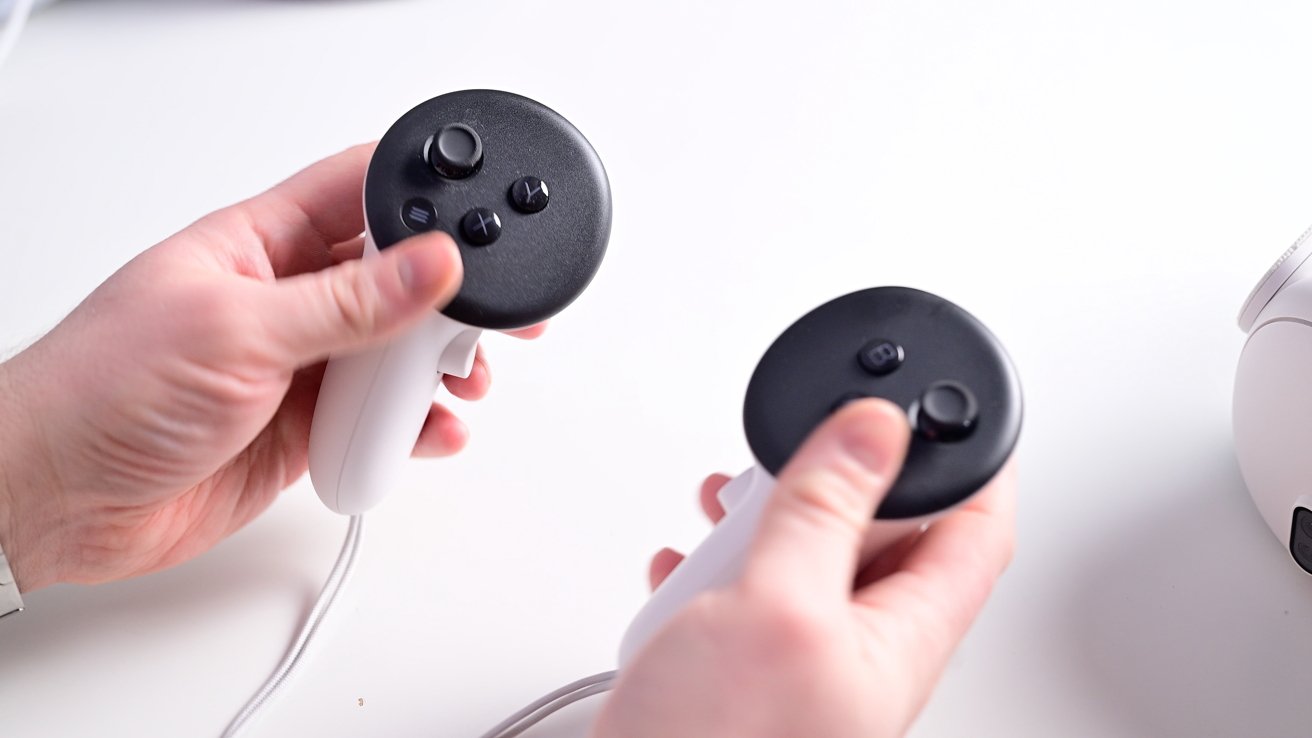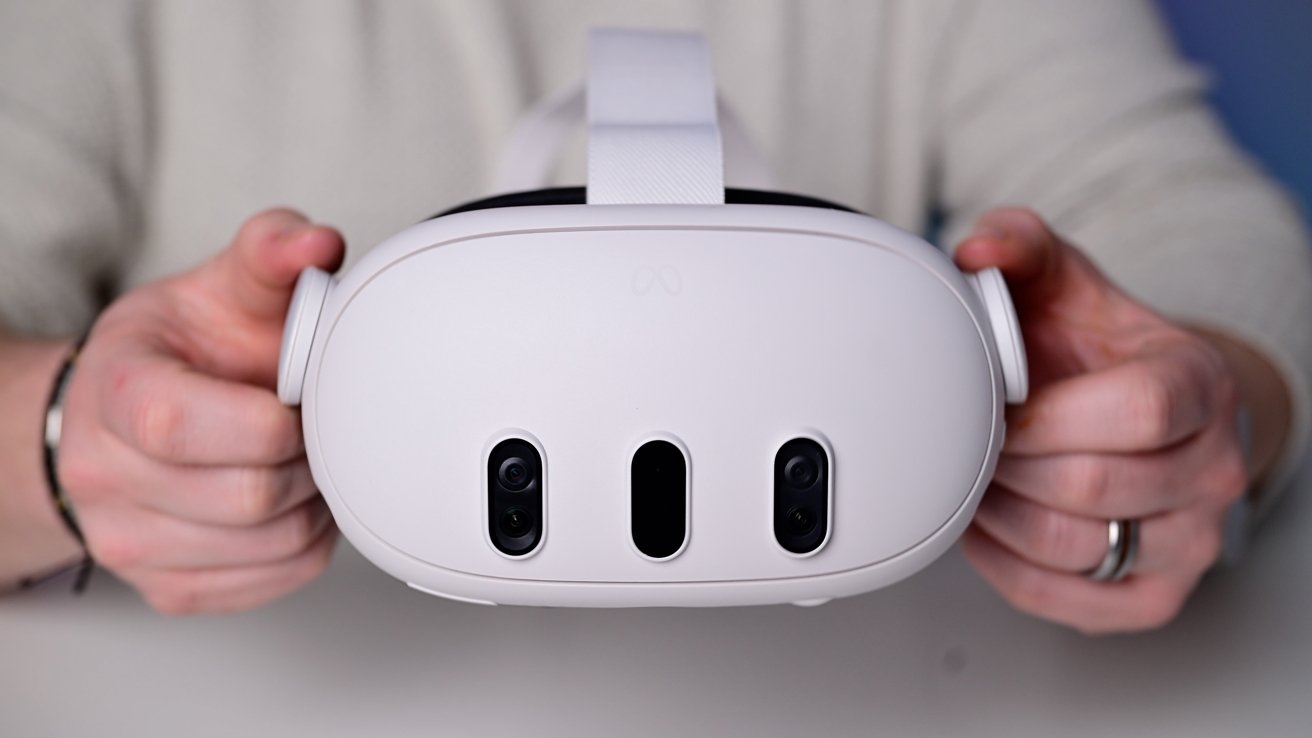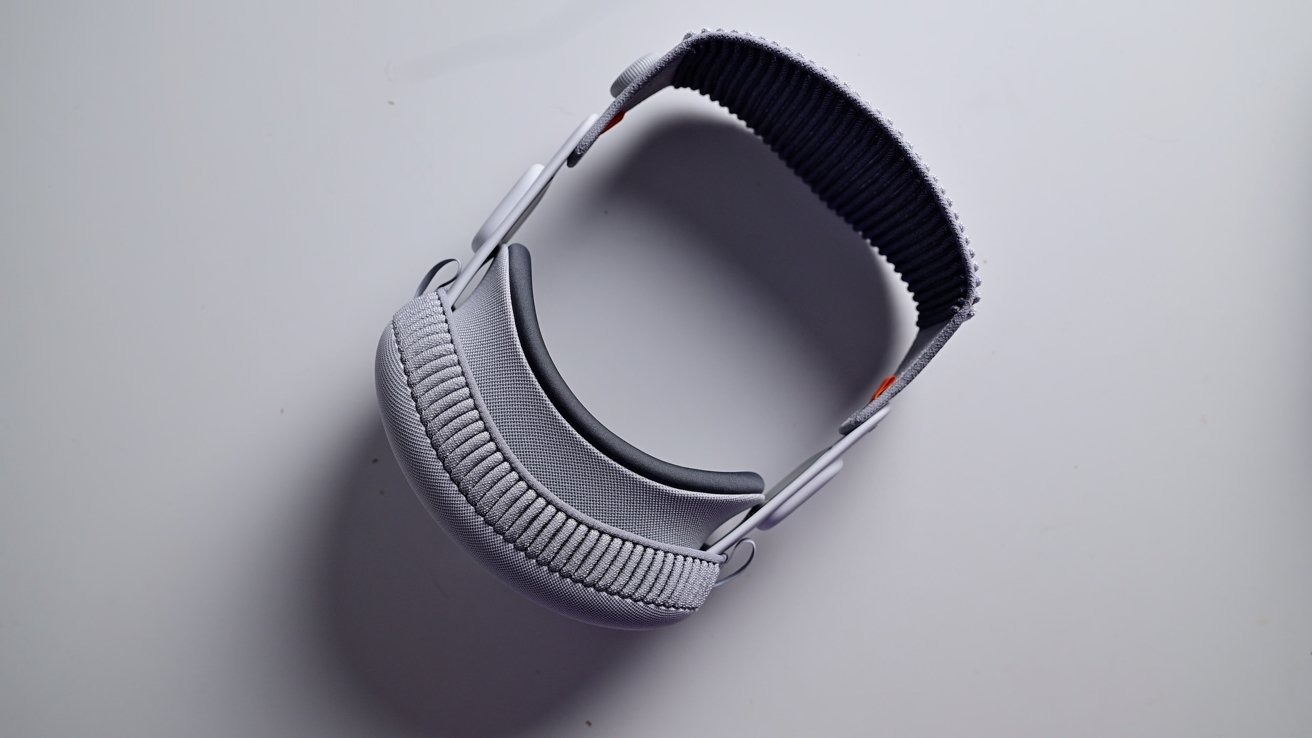When choosing between the Apple Vision Pro and the Meta Quest 3, users are confronted with two formidable pieces of technology at very different price points. Here’s how they stack up.
The Apple Vision Pro was first previewed on on June 5, 2023 and shipped to the public on February 2, 2024. It’s clear by looking at it, that it’s an Apple product, taking design cues from the iPad, iPhone, and AirPods Max.
The Meta Quest 3 made its official debut on June 1, 2023, and subsequently hit the market on October 10, 2023, offering users access to its advanced features and functionalities.
The Apple Vision Pro sports a sleek and high-end aluminum and glass frame design on the outside, and boasts deep Apple ecosystem integration inside. In contrast, the Meta Quest 3 champions accessibility and versatility, boasting a more pragmatic plastic construction geared towards portability and comfort.
| Specifications | Apple Vision Pro | Meta Quest 3 |
|---|---|---|
| Price (starting) | $3,499.00 | $499.99 |
| Display technology | micro-OLED | 4K+ Infinite Display (LCD) |
| Display resolution | Estimated 3660×3142 per eye | 2064×2208 pixels per eye |
| Refresh rate | Variable (90Hz, 96Hz, 100Hz) | Variable (72Hz, 80Hz, 90Hz, 120Hz) |
| Processor | M2, R1 | Snapdragon XR2 Gen 2 |
| Storage | 256GB, 512GB, 1TB | 128GB, 512GB |
| IPD | Adjustable (51mm to 75mm) | Adjustable (53mm to 75mm) |
| Field of view | Approximately 100 degrees (horizontal) | 110 degrees (horizontal) and 96 degrees (vertical) |
| Weight | 600-650 grams | 515 grams |
| Battery life | Up to 2 hours (general use) | Up to 2.2 hours (general use) |
When comparing the Apple Vision Pro and the Meta Quest 3, both headsets showcase distinct design philosophies and ergonomic considerations.
The Vision Pro is a headset crafted for comfort and extended use. It weighs between 21.2 and 22.9 ounces (600-650 grams), while the Meta Quest 3 is lighter at 515 grams.
The main housing of the Meta Quest 3 is made of plastic, where Apple opted for an aluminum and glass frame. Any given Apple Vision Pro has one of a few different Light Seal options fitted at purchase, and a choice of two customizable headbands in the box, made from soft textiles and knitted fabric.
In contrast, the Meta Quest 3 offers a variety of materials and accessories like the Standard Facial Interface, the anti-microbial VR Cover with foam lining, and a separate Silicone Facial Interface.
While both headsets offer ergonomic designs aimed at maximizing user comfort, the choice between them ultimately comes down to individual preferences. Some users may prefer the sleek and premium feel of the Apple Vision Pro, while others may prioritize the lightweight and practical design of the Meta Quest 3.
The Apple Vision Pro employs micro-OLED technology, known for its exceptional image quality and high pixel density. The Meta Quest 3, on the other hand, features a 4K+ Infinite Display using LCD technology.
The Vision Pro boasts an impressive 23 million pixels in total with a 7.5-micron pixel pitch, offering detailed and sharp visuals. While Apple hasn’t officially disclosed the resolution for the Vision Pro, it’s estimated to be effectively 3,660 x 3,142.
Meanwhile, the Meta Quest 3 has 2,064 x 2,208 pixels per eye.
The Meta Quest 3 display offers 25 Pixels Per Degree (PPD) and 1218 Pixels Per Inch (PPI), providing the highest resolution in the Quest lineup for an immersive VR experience. While Apple hasn’t shared similar information, it does say the Vision Pro has a pixel pitch of 7.5 microns.
However, Meta doesn’t list its specific pixel pitch for the Quest 3. A lower pixel pitch often means higher pixel density, enhancing image quality by allowing more pixels in a given area for sharper, more detailed visuals.
The Vision Pro supports a wide color gamut with 92% DCI-P3 coverage, ensuring rich and accurate color reproduction. While not specified, the Meta Quest 3’s color performance is likely to be robust, given its advanced display technology.
Additionally, the Vision Pro supports various refresh rates, including 90Hz, 96Hz, and 100Hz, to provide smooth motion and reduced motion blur. The Meta Quest 3 offers a wide range of refresh rates — 72Hz, 80Hz, 90Hz, and 120Hz — catering to different VR requirements and enhancing the overall visual experience.
The Apple Vision Pro and Meta Quest 3 offer adaptable Interpupillary Distance (IPD) settings. IPD is the measurement between the centers of the pupils of the eyes, crucial for aligning visuals in headsets for optimal clarity and comfort.
The Vision Pro’s IPD adjustment ranges from 51mm to 75mm, accommodating a broad spectrum of users. In contrast, the Quest 3 features an almost exact IPD range of 53mm to 75mm, with a mechanical adjustment wheel for precise and comfortable lens spacing.
The Meta Quest 3 boasts an impressive field of view (FOV) with 110 degrees horizontally and 96 degrees vertically, significantly expanding the immersive virtual experience. In contrast, the Apple Vision Pro offers a horizontal FOV of approximately 100 degrees, as suggested in an Apple developer session, although the vertical FOV remains undisclosed by Apple.
Field of view is a crucial metric in the realm of virtual and augmented reality. It defines the extent of a user’s visual perception within a headset, specifying how much of the virtual or augmented environment they can see. A wider FOV provides a more immersive experience by extending a person’s peripheral vision.
The Apple Vision Pro surpasses the Meta Quest 3, largely due to its pioneering micro-OLED technology that ensures excellent image quality and pixel density. It offers visuals that are not only sharp and detailed but also rich in color.
The Meta Quest 3 headset comes with the Snapdragon XR2 Gen 2 chip. The significant boost in graphics processing from the previous Snapdragon VR-oriented processor generations translates to faster load times and a gaming experience with fewer compromises.
Moreover, the Snapdragon XR2 Gen 2 chip enables advanced features like seamless full-color, high-resolution passthrough, and robust support for heavy applications.
On the other hand, the Apple Vision Pro M2 chip is a powerful system-on-chip with an 8-core CPU, 10-core GPU, 16-core Neural Engine, and 16GB of unified memory. It also has an “R1” chip.
Apple’s R1 chip is well-suited for applications where low latency and high-speed data transfer are critical. The R1 chip has a low latency of 12 milliseconds for photon-to-photon communication and an impressive memory bandwidth of 256GB/s.
However, it’s important to note that the R1 chip serves a specific purpose that doesn’t directly compete with the functionalities of the Meta Quest 3 headset or the Apple Vision Pro M2 chip.
While both chips offer excellent performance for VR applications, the M2 chip’s integration with Apple’s ecosystem provides unique advantages in terms of software optimization and compatibility.
The Apple Vision Pro is equipped with cameras and sensors, including a stereoscopic 3D primary camera system featuring an 18mm lens and 6.5 stereo megapixels, allowing for spatial photo and video capture.
It further incorporates two high-resolution main cameras, six world-facing tracking cameras, four eye-tracking cameras, a TrueDepth camera, a LiDAR Scanner, four inertial measurement units (IMUs), a flicker sensor, and an ambient light sensor.
The extensive camera and sensor suite make it a powerhouse for spatial perception and advanced AR applications.
In contrast, the Meta Quest 3 focuses on mixed reality and spatial tracking with its six-camera setup. The front face of the headset features a new four-camera array arranged in two vertical stacks, with two cameras dedicated to spatial tracking and two for full-color mixed-reality viewing.
Additionally, the headset incorporates two more spatial cameras on its bottom edge to support future full-body tracking features. The emphasis here is on creating immersive mixed-reality scenarios and delivering precise motion tracking.
The Apple Vision Pro’s advanced camera technology sets it apart as the preferred option for those seeking top-tier AR and VR experiences. Its ability to capture and interpret physical spaces offers a level of detail and immersion unmatched by the Meta Quest 3.
Despite the Quest 3’s solid mixed reality and spatial tracking, the Vision Pro’s camera suite provides a superior performance and versatility, making it ideal for demanding apps and detailed environmental interactions.
On average, the Meta Quest provides up to 2.2 hours of usage for general usage and social activities, 2.4 hours for gaming, 1.5 hours for productivity tasks, and 2.9 hours for media consumption. The Apple Vision Pro requires an external battery and provides up to 2 hours of general use or video watching for up to 2.5 hours.
Both the Meta Quest 3 and the Apple Vision Pro can be used while charging the battery. In their respective cases, a cable can be hooked up directly to the Meta Quest 3, while power can be plugged into the Apple Vision Pro battery.
In the boxes, Meta includes an 18W charger, with Apple including a 30W version.
As with any electronic device paired with a battery, actual use time for the Meta Quest 3 and the Apple Vision Pro depends on various factors such as device settings, usage patterns, network conditions, and more. This will vary significantly between users, depending on primary use case, and how demanding the applications in use are on the hardware.
The differences in battery life highlight the trade-offs between portability and convenience. The Meta Quest 3 offers longer battery life for standalone use, and although the Apple Vision Pro requires an external battery, it offers a more immersive experience.
The Meta Quest 3 offers two storage options: 128GB and 512GB. The 128GB model is priced at $499.99, while the 512GB version is available for $649.99.
In contrast, the Apple Vision Pro has a higher price range due to its advanced hardware and capabilities. It offers three onboard storage options — 256GB for $3,499, 512GB for $3,699, and 1TB for $3,899.
These storage options cater to users who require substantial storage capacity and are willing to invest in premium technology. It’s important to note that the Apple Vision Pro is available for pre-order and is officially set to launch on February 2.
Several key factors should influence your choice when deciding between the Apple Vision Pro and the Meta Quest 3. First, consider your intended use case.
If you’re enthusiastic about immersive gaming and virtual reality experiences, the Meta Quest 3 offers a more budget-friendly option with mixed reality capabilities. On the other hand, if your interests revolve around advanced augmented reality applications, spatial perception, and photography, the Apple Vision Pro might be the better fit.
Second, your budget plays a crucial role. The Meta Quest 3 provides cost-effective choices, starting with a lower price point, making it accessible to a broader range of users. Conversely, the Apple Vision Pro commands a premium price for its advanced technology.
Additionally, consider your storage needs. The Meta Quest 3 offers two storage options, 128GB and 512GB, catering to different requirements. In contrast, the Apple Vision Pro provides more substantial onboard storage options.
Furthermore, factor in your existing technology ecosystem. If you’re already deeply integrated into the Apple ecosystem, the Apple Vision Pro seamlessly complements your other Apple devices. On the other hand, the Meta Quest 3 offers a more open and versatile platform for VR and mixed-reality experiences.
The Meta Quest 3 offers variable battery life depending on usage scenarios. In contrast, the Apple Vision Pro has a shorter battery life, and you have to keep that battery in a pocket during use.
Ultimately, the decision comes down to whether you are willing to fork over $3,500 for Apple’s high-quality headset, or are more willing to pay a lot less for Meta’s headset on the bet that a future cheaper Apple wearable comes along, or an improved a second-gen Pro model.
Though expensive, the Apple Vision Pro stands out as the better purchase for those willing to invest in superior specifications and a better user experience. It offers immersive experiences at the top of the VR market with its cutting-edge features and seamless ecosystem integration.
The Apple Vision Pro starts at $3,499 and is available to purchase at Apple.com.
This story originally appeared on Appleinsider

